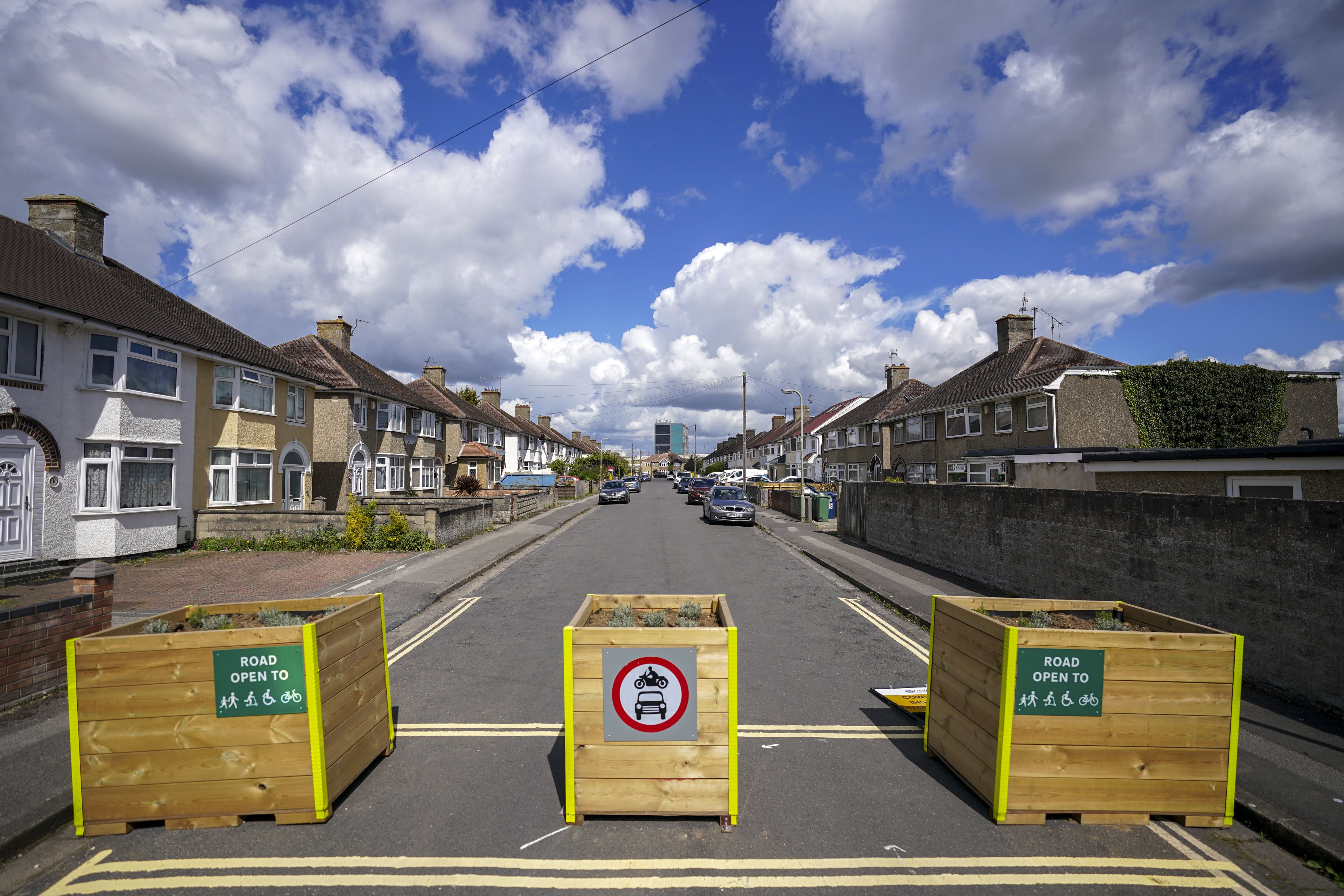Controversial Oxford LTNs could be scrapped after ‘slowing down ambulances’
Life threatening ambulance calls delayed due to council’s traffic measure

Your support helps us to tell the story
From reproductive rights to climate change to Big Tech, The Independent is on the ground when the story is developing. Whether it's investigating the financials of Elon Musk's pro-Trump PAC or producing our latest documentary, 'The A Word', which shines a light on the American women fighting for reproductive rights, we know how important it is to parse out the facts from the messaging.
At such a critical moment in US history, we need reporters on the ground. Your donation allows us to keep sending journalists to speak to both sides of the story.
The Independent is trusted by Americans across the entire political spectrum. And unlike many other quality news outlets, we choose not to lock Americans out of our reporting and analysis with paywalls. We believe quality journalism should be available to everyone, paid for by those who can afford it.
Your support makes all the difference.A controversial traffic measure could be scrapped after simulation data revealed it’s having an impact on ambulance wait times.
Oxford LTNs, or low-traffic neighbourhoods, are areas where vehicles are discouraged or not allowed.
A report released by the Oxfordshire County Council this week revealed that the traffic changes can delay emergency vehicles by between 35 and 45 seconds.

This includes delays to “life-threatening” Category 1 ambulance calls, which have a response target of seven minutes, being slowed down by 45 seconds.
The Oxfordshire County Council said it has yet to decide whether or not the scheme will continue after its trial.
“We have listened to this feedback and are proposing some changes, which could be introduced if the council decides to continue with the LTNs,” a statement read.
“Automatic number plate recognition (ANPR) is being proposed as a result of ongoing engagement with the emergency services.”
A simulation in the report involved the South Central Ambulance Service including the LTNs to understand the effect on response times.
This revealed response times in a separate area were up by 12 seconds.
A second simulation showed an increase in response times for the Cowley LTN area was up to 12 seconds.
The South Central Ambulance Service said the full effect of LTNs in the area was still being understood.
“The impact of LTNs is subject to ongoing evaluation and we continue to work closely with Oxfordshire County Council and other partner agencies as they move through this process,” a spokesperson said in a statement.
Eddie Reeves, the Conservative leader of the council’s opposition, said changes needed to be made to ensure LTNs didn’t trigger a tragedy.
“This vital information should have been released in an open and transparent manner, rather than being buried at the back of a long consultation document that most members of the public will never see,” he said in a statement.
“Leaving aside the tragic human cost, the financial cost alone to our NHS trust is given as at £650,000 and would be as high as £10 million if LTNs were expanded across our NHS area.”
Oxford currently hosts several LTNs, which were introduced as part of a trial in May 2022.
Lower air pollution, lower collision rates, increased community activity and an increase in the physical activity of residents are among the benefits of LTNs.



Join our commenting forum
Join thought-provoking conversations, follow other Independent readers and see their replies
Comments